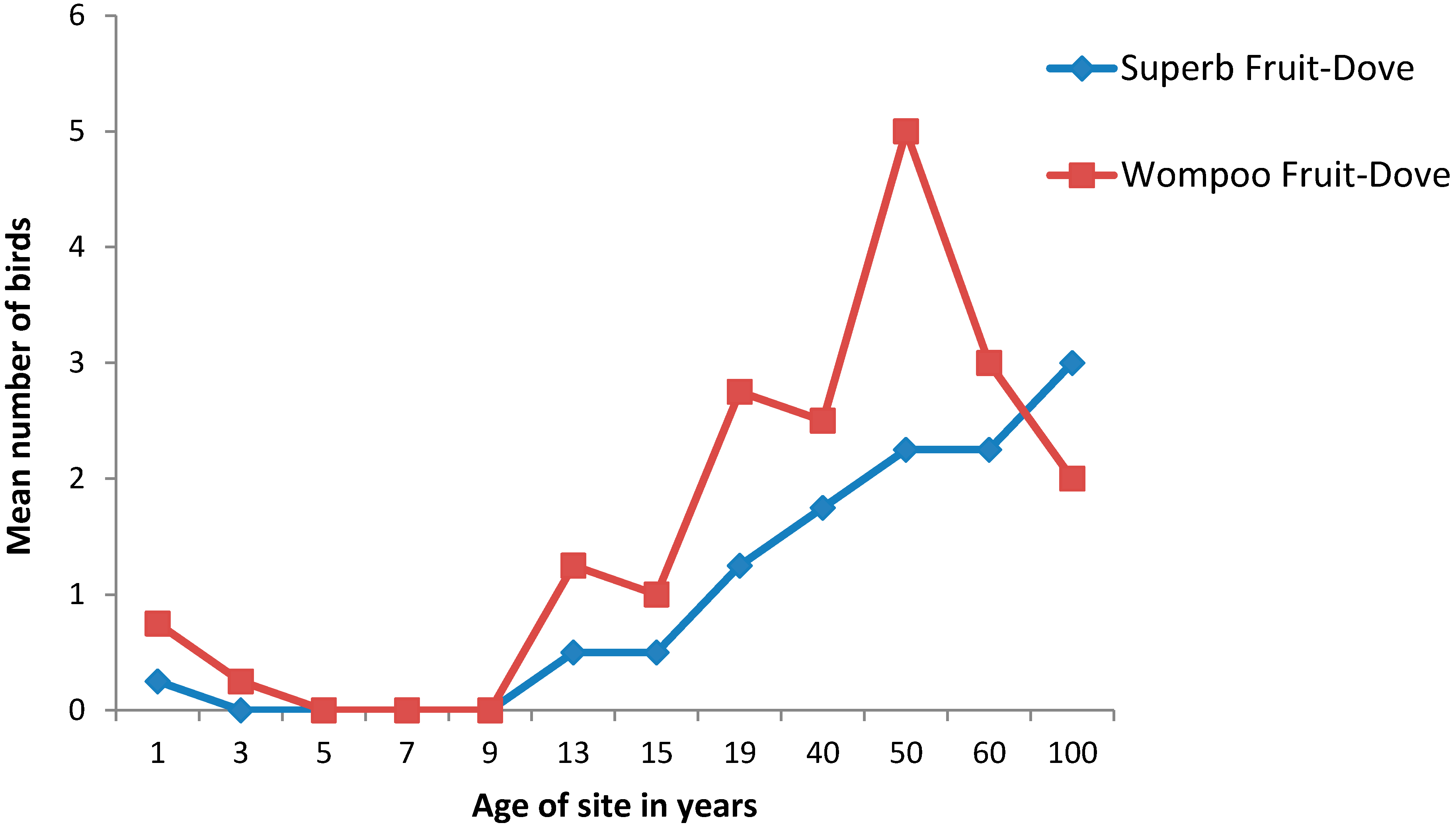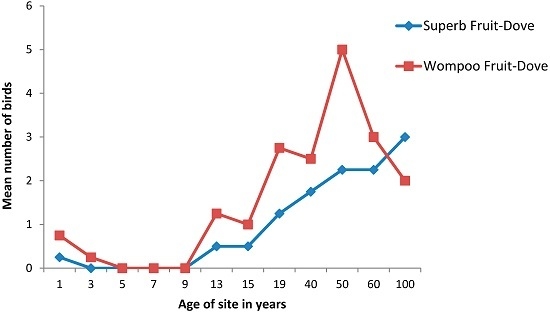The Role of Citizen Science in Landscape and Seascape Approaches to Integrating Conservation and Development
Abstract
:1. Introduction
2. Case Studies
2.1. The Wet Tropics of Australia

2.2. The Lake Eyre Basin of Central Australia
2.3. The Sangha Tri-National Landscape in the Congo Basin
2.4. The Bird’s Head Seascape, Indonesian Papua
2.5. The Bali Rice Terraces World Heritage Area
3. Discussion and Conclusions
Acknowledgments
Author Contributions
Conflicts of Interest
References
- Sayer, J. Reconciling conservation and development: Are landscapes the answer? Biotropica 2009, 41, 649–652. [Google Scholar] [CrossRef]
- Milder, J.C.; Buck, L.E.; Declerck, F.; Scherr, S.J. Landscape approaches to achieving food production, natural resource conservation, and the millennium development goals. In Integrating Ecology and Poverty Reduction; Ingram, J.C., DeClerck, F., del Rio, C.R., Eds.; Springer: New York, NY, USA, 2012; pp. 77–108. [Google Scholar]
- Freeman, O.E.; Duguma, L.A.; Minang, P.A. Operationalizing the integrated landscape approach in practice. Ecol. Soc. 2015. [Google Scholar] [CrossRef]
- Scherr, S.J.; Shames, S.; Friedman, R. From climate-smart agriculture to climate-smart landscapes. Agric. Food Secur. 2012, 1, 1–15. [Google Scholar] [CrossRef]
- Sayer, J.; Bull, G.; Elliott, C. Mediating forest transitions: “Grand design” or “Muddling through”. Conserv. Soc. 2008, 6, 320–327. [Google Scholar] [CrossRef]
- Lindblom, C.E. The science of “muddling through”. Public Adm. Rev. 1959, 19, 79–88. [Google Scholar] [CrossRef]
- Rudel, T.K.; Coomes, O.T.; Moran, E.; Achard, F.; Angelsen, A.; Xu, J.; Lambin, E. Forest transitions: towards a global understanding of land use change. Glob. Environ. Change 2005, 15, 23–31. [Google Scholar] [CrossRef]
- Dickinson, J.L.; Shirk, J.; Bonter, D.; Bonney, R.; Crain, R.L.; Martin, J.; Phillips, T.; Purcell, K. The current state of citizen science as a tool for ecological research and public engagement. Front. Ecol. Environ. 2012, 10, 291–297. [Google Scholar] [CrossRef]
- Wals, A.E.; Brody, M.; Dillon, J.; Stevenson, R.B. Convergence between science and environmental education. Science 2014, 344, 583–584. [Google Scholar] [CrossRef] [PubMed]
- Danielsen, F.; Jensen, P.M.; Burgess, N.D.; Altamirano, R.; Alviola, P.A.; Andrianandrasana, H.; Brashares, J.S.; Burton, A.C.; Corpuz, N.; Enghoff, M.; et al. A multicountry assessment of tropical resource monitoring by local communities. BioScience 2014. [Google Scholar] [CrossRef]
- Walker, K. BowerBird: A home for Australian citizen science. Wildl. Aust. 2014, 51, 34–39. [Google Scholar]
- Hart, A.K.; Mcmichael, P.; Milder, J.C.; Scherr, S.J. Multi-functional landscapes from the grassroots? The role of rural producer movements. Agric. Hum. Values 2015. [Google Scholar] [CrossRef]
- Stork, N.; Turton, S.M. Living in a Dynamic Tropical Forest Landscape; Blackwell Publishing: Malden, MA, USA; Oxford, UK; Victoria, Australia, 2008. [Google Scholar]
- McDonald, G.; Weston, N. Sustaining the Wet Tropics: A Regional Plan for Natural Resource Management; Background to the Plan; Rainforest CRC and FNQ NRM Ltd: Cairns, Australia, 2004. [Google Scholar]
- McDonald, G.; Lane, M. Securing the Wet Tropics? Federation Press: Sydney, Australia, 2000. [Google Scholar]
- Bohnet, I.; Smith, D.M. Planning future landscapes in the Wet Tropics of Australia: A social–ecological framework. Landsc. Urban Plan. 2007, 80, 137–152. [Google Scholar] [CrossRef]
- Stork, N.E.; Turton, S.M.; Hill, R.; Lane, M.B. Revisiting crisis, change and institutions in the tropical forests: The multifunctional transition in Australia’s Wet Tropics. J. Rural Stud. 2014, 36, 99–107. [Google Scholar] [CrossRef]
- Dale, A.; Mcdonald, G.; Weston, N. Integrating effort for regional natural resource outcomes: The Wet Tropics experience. In Living in a Dynamic Tropical Forest Landscape; Stork, N., Turton, S.M., Eds.; Blackwell Publishing: Malden, MA, USA; Oxford, UK; Victoria, Australia, 2008; Chapter 32; pp. 398–410. [Google Scholar]
- Kroon, F.; Robinson, C.; Dale, A. Integrating knowledge to inform water quality planning in the Tully–Murray basin, Australia. Mar. Freshw. Res. 2009, 60, 1183–1188. [Google Scholar] [CrossRef]
- Hill, R.; Williams, K.J.; Pert, P.L.; Robinson, C.J.; Dale, A.P.; Westcott, D.A.; Grace, R.A.; O'Malley, T. Adaptive community-based biodiversity conservation in Australia's tropical rainforests. Environ. Conserv. 2010, 37, 73–82. [Google Scholar] [CrossRef]
- Bohnet, I.C. Integrating social and ecological knowledge for planning sustainable land- and sea-scapes: Experiences from the Great Barrier Reef region, Australia. Landsc. Ecol. 2010, 25, 1201–1218. [Google Scholar] [CrossRef]
- Bohnet, I.C.; Roebeling, P.C.; Williams, K.J.; Holzworth, D.; van Grieken, M.E.; Pert, P.L.; Kroon, F.J.; Westcott, D.A.; Brodie, J. Landscapes Toolkit: An integrated modelling framework to assist stakeholders in exploring options for sustainable landscape development. Landsc. Ecol. 2011, 26, 1179–1198. [Google Scholar] [CrossRef]
- Bohnet, I.C.; Pert, P.L. Patterns, drivers and impacts of urban growth—A study from Cairns, Queensland, Australia from 1952 to 2031. Landsc. Urban Plan. 2010, 97, 239–248. [Google Scholar] [CrossRef]
- Pert, P.L.; Hill, R.; Williams, K.J.; Harding, E.K.; O'Malley, T.; Grace, R.A.; Dale, A.P.; Bohnet, I.; Butler, J.R.L.A. Scenarios for community-based approaches to biodiversity conservation: A case study from the Wet Tropics, Queensland, Australia. Aust. Geogr. 2010, 41, 285–306. [Google Scholar] [CrossRef]
- Cullen-Unsworth, L.C.; Hill, R.; Butler, J.R.A.; Wallace, M.; Ground, C. Development of linked cultural and biophysical indicators for the Wet Tropics World Heritage Area. Int. J. Sci. Soc. 2012, 2, 181–194. [Google Scholar]
- Pert, P.L.; Hill, R.; Maclean, K.; Dale, A.; Rist, P.; Schmider, J.; Talbot, L.; Tawake, L. Mapping cultural ecosystem services with rainforest aboriginal peoples: Integrating biocultural diversity, governance and social variation. Ecosyst. Serv. 2014, 13, 41–56. [Google Scholar] [CrossRef]
- Zurba, M.; Ross, H.; Izurieta, A.; Rist, P.; Bock, E.; Berkes, F. Building co-management as a process: Problem solving through partnerships in Aboriginal country, Australia. Environ. Manag. 2012, 49, 1130–1142. [Google Scholar] [CrossRef] [PubMed]
- Maclean, K.; Robinson, C.J.; Natcher, D.C. Consensus building or constructive conflict? Aboriginal discursive strategies to enhance participation in natural resource management in Australia and Canada. Soc. Nat. Resour. 2014, 28, 197–211. [Google Scholar] [CrossRef]
- Smith, D.I. Water in Australia: Resources and Management; Oxford University Press: Melbourne, Australia, 1998. [Google Scholar]
- Andrews, K. The Lake Eyre Basin regional initiative. In Enhancing the information base on participatory approaches in Australian natural resource management; Buchy, M., Ross, H., Proctor, W., Eds.; Land and Water Resources Research and Development Corporation: Canberra, Australia, 2000. [Google Scholar]
- Endamana, D.; Boedhihartono, A.; Bokoto, B.; Defo, L.; Eyebe, A.; Ndikumagenge, C.; Nzooh, Z.; Ruiz-Perez, M.; Sayer, J. A framework for assessing conservation and development in a Congo Basin Forest Landscape. Trop. Conserv. Sci. 2010, 3, 262–281. [Google Scholar]
- Boedhihartono, A.K. Visualizing Sustainable Landscapes: Understanding and Negotiating Conservation and Development Trade-offs Using Visual Techniques; IUCN: Gland, Switzerland, 2012. [Google Scholar]
- Sayer, J.; Endamana, D.; Ruiz-Perez, M.; Boedhihartono, A.; Nzooh, Z.; Eyebe, A.; Awono, A.; Usongo, L. Global financial crisis impacts forest conservation in Cameroon. Int. For. Rev. 2012, 14, 90–98. [Google Scholar] [CrossRef]
- Sandker, M.; Campbell, B.M.; Nzooh, Z.; Sunderland, T.; Amougou, V.; Defo, L.; Sayer, J. Exploring the effectiveness of integrated conservation and development interventions in a Central African forest landscape. Biodivers. Conserv. 2009, 18, 2875–2892. [Google Scholar] [CrossRef]
- De Blas, D.E.; Ruiz Pérez, M.; Sayer, J.A.; Lescuyer, G.; Nasi, R.; Karsenty, A. External influences on and conditions for community logging management in Cameroon. World Dev. 2009, 37, 445–456. [Google Scholar] [CrossRef]
- Resosudarmo, B.P.; Jotzo, F. Working with Nature against Poverty: Development, Resources and the Environment in Eastern Indonesia; Institute of Southeast Asian Studies: Singapore, 2009. [Google Scholar]
- Mangubhai, S.; Erdmann, M.V.; Wilson, J.R.; Huffard, C.L.; Ballamu, F.; Hidayat, N.I.; Hitipeuw, C.; Lazuardi, M.E.; Pada, D.; Purba, G. Papuan Bird’s Head Seascape: Emerging threats and challenges in the global center of marine biodiversity. Mar. Pollut. Bull. 2012, 64, 2279–2295. [Google Scholar] [CrossRef] [PubMed]
- Veron, J.; Devantier, L.M.; Turak, E.; Green, A.L.; Kininmonth, S.; Stafford-Smith, M.; Peterson, N. Delineating the coral triangle. Galaxea J. Coral Reef Stud. 2009, 11, 91–100. [Google Scholar] [CrossRef]
- Allen, G.R.; Erdmann, M.V. Reef fishes of the bird’s head peninsula, West Papua, Indonesia. Check List 2009, 5, 587–628. [Google Scholar]
- Lansing, J.S. Priests and Programmers: Technologies of Power in the Engineered Landscape of Bali; Princeton University Press: Princeton, NJ, USA, 2009. [Google Scholar]
- Sayer, J.; Margules, C.; Boedhihartono, A.K.; Dale, A.; Sunderland, T.; Supriatna, J.; Saryanthi, R. Landscape approaches; what are the pre-conditions for success? Sustain. Sci. 2015, 10, 345–355. [Google Scholar] [CrossRef]
- Scherr, S.J.; Mcneely, J.A. Biodiversity conservation and agricultural sustainability: towards a new paradigm of ‘ecoagriculture’ landscapes. Philos. Trans. R. Soc. B: Biol. Sci. 2008, 363, 477–494. [Google Scholar] [CrossRef] [PubMed]
© 2015 by the authors; licensee MDPI, Basel, Switzerland. This article is an open access article distributed under the terms and conditions of the Creative Commons Attribution license (http://creativecommons.org/licenses/by/4.0/).
Share and Cite
Sayer, J.; Margules, C.; Bohnet, I.; Boedhihartono, A.; Pierce, R.; Dale, A.; Andrews, K. The Role of Citizen Science in Landscape and Seascape Approaches to Integrating Conservation and Development. Land 2015, 4, 1200-1212. https://doi.org/10.3390/land4041200
Sayer J, Margules C, Bohnet I, Boedhihartono A, Pierce R, Dale A, Andrews K. The Role of Citizen Science in Landscape and Seascape Approaches to Integrating Conservation and Development. Land. 2015; 4(4):1200-1212. https://doi.org/10.3390/land4041200
Chicago/Turabian StyleSayer, Jeffrey, Chris Margules, Iris Bohnet, Agni Boedhihartono, Ray Pierce, Allan Dale, and Kate Andrews. 2015. "The Role of Citizen Science in Landscape and Seascape Approaches to Integrating Conservation and Development" Land 4, no. 4: 1200-1212. https://doi.org/10.3390/land4041200






